Description
They are also known as Hapoos or Badami, This variety is often considered to be the tastiest of all the mangoes. Alphonso Mangoes are oval in shape and about 4 to 6 inches long. The skin of the ripe fruit is golden yellow in colour and has a thin firm skin with delicious pulp, this cultivar is considered to be the best in terms of flavour, sweetness, fibreless pulp and richness, and is usually the most expensive variety.
Alphonso is also called the “Emperor of Mangoes.” This variety of mango is popular all over the world.
The name of the mango variety comes from a Portuguese viceroy named Alphonso de Albuquerque of the 15th century. He was a famous military person who helped Portugal to establish its colonies in Goa during the time. The variety has been cultivated in all most all parts of India, but the most famous, tasty and expensive variety is from Ratnagiri, Maharashtra.
Alphonso mango is sometimes hailed as the king of mangoes because of its highly sweet, creamy and pulpy texture. The fruit is a seasonal fruit and is available mainly during the mid of April to June. The shape of the fruit is somewhat like an egg. It normally weighs between 200-400 grams.
- Mr. Mango promises Carbide Free and Chemical Free Mangoes fresh from the farm. Mangoes tend to get sweeter as the season peaks and best tasted between February to August.
Some sellers use the harmful and banned Calcium Carbide chemical to ripen the mangoes unnaturally. Artificial ripening is banned under the Prevention of Food Adulteration (PFA) Act, 1954 and the Prevention of Food Adulteration Rules, 1955.
The chemical in the mangoes enter the body and cause dangerous diseases like cancer.
But at Mr. Mango, the mangoes are ripened naturally by wrapping them in dried grass. It’s our promise. “We deliver 100% Carbide-free mangoes”

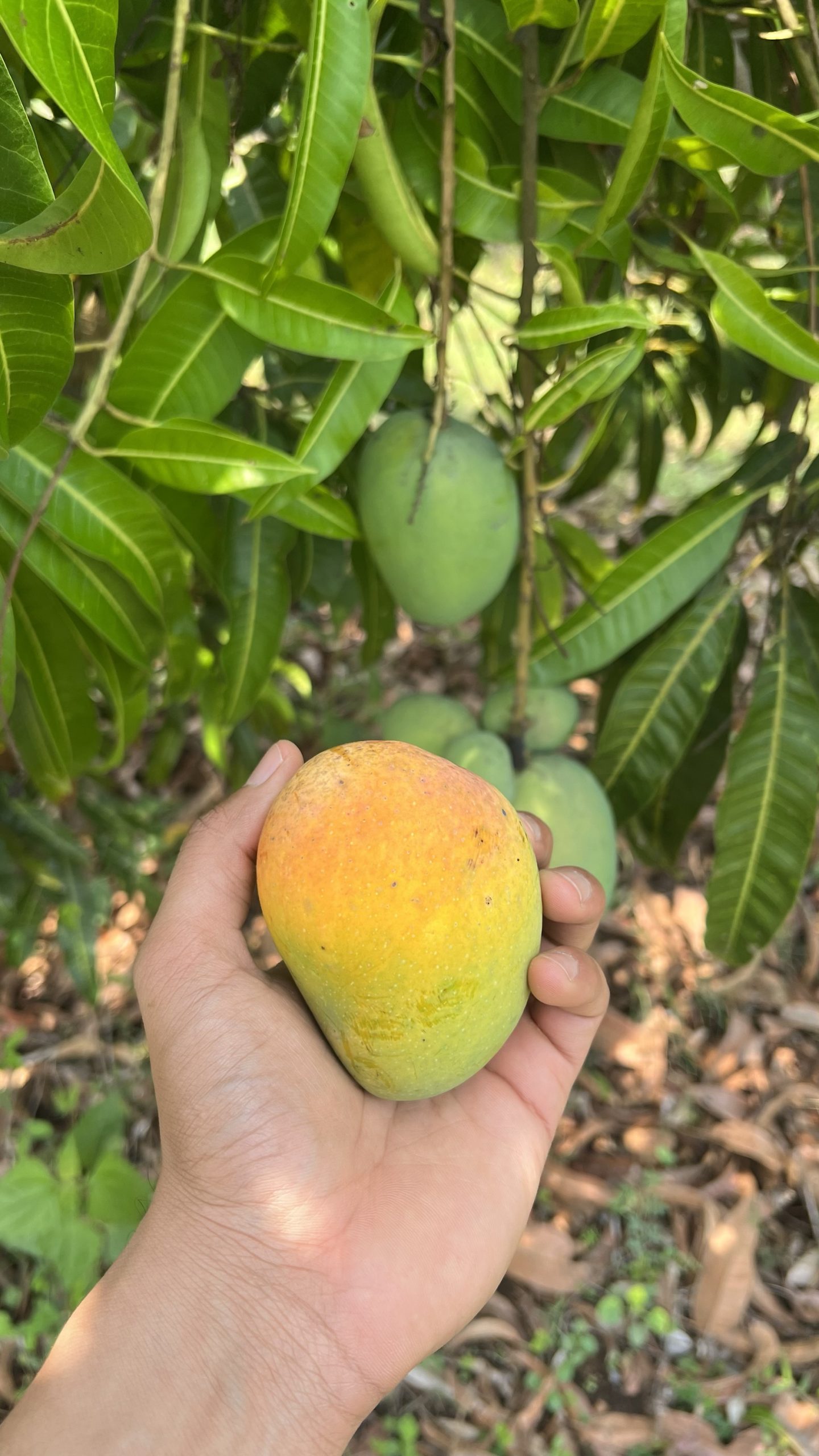
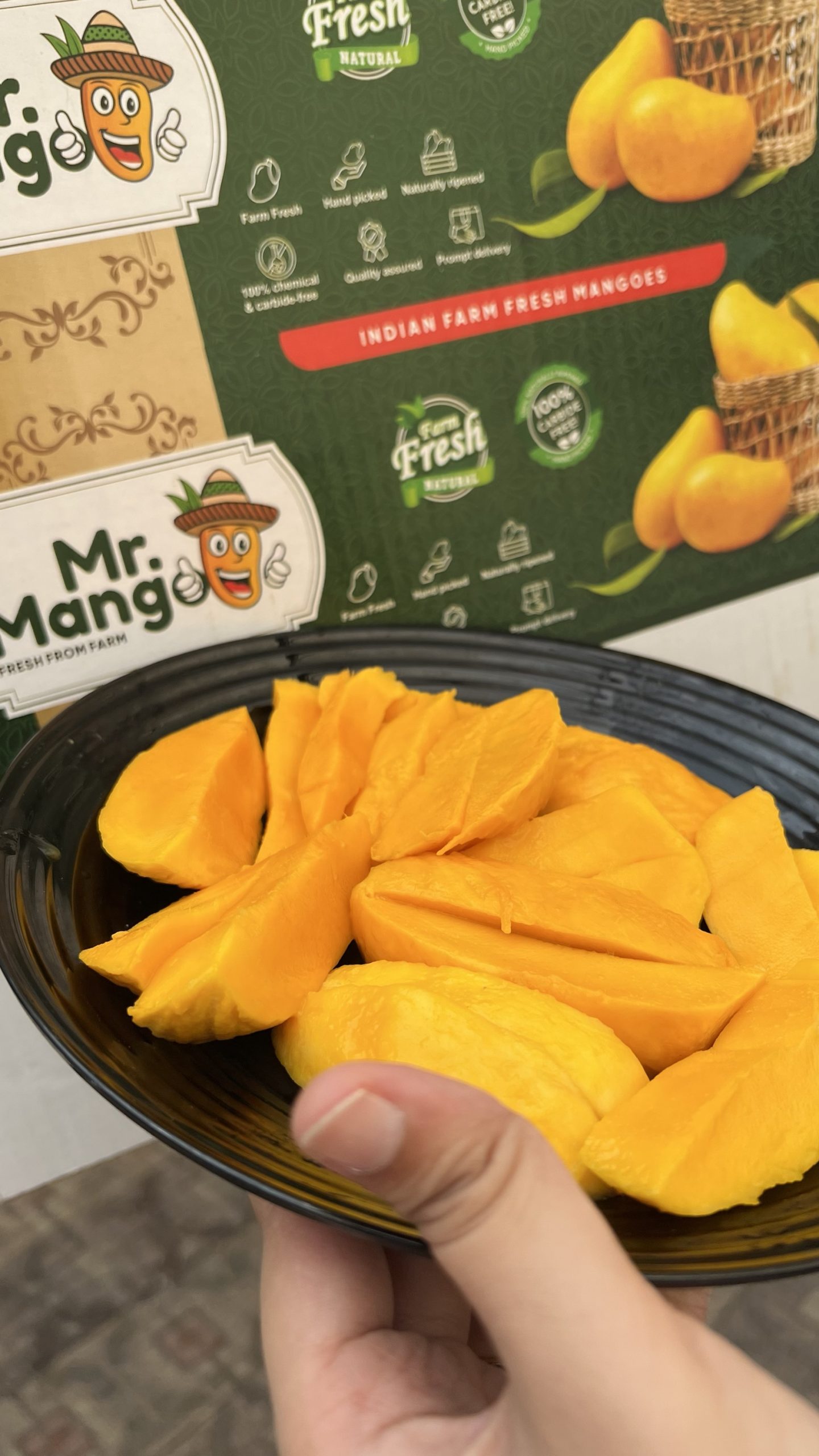
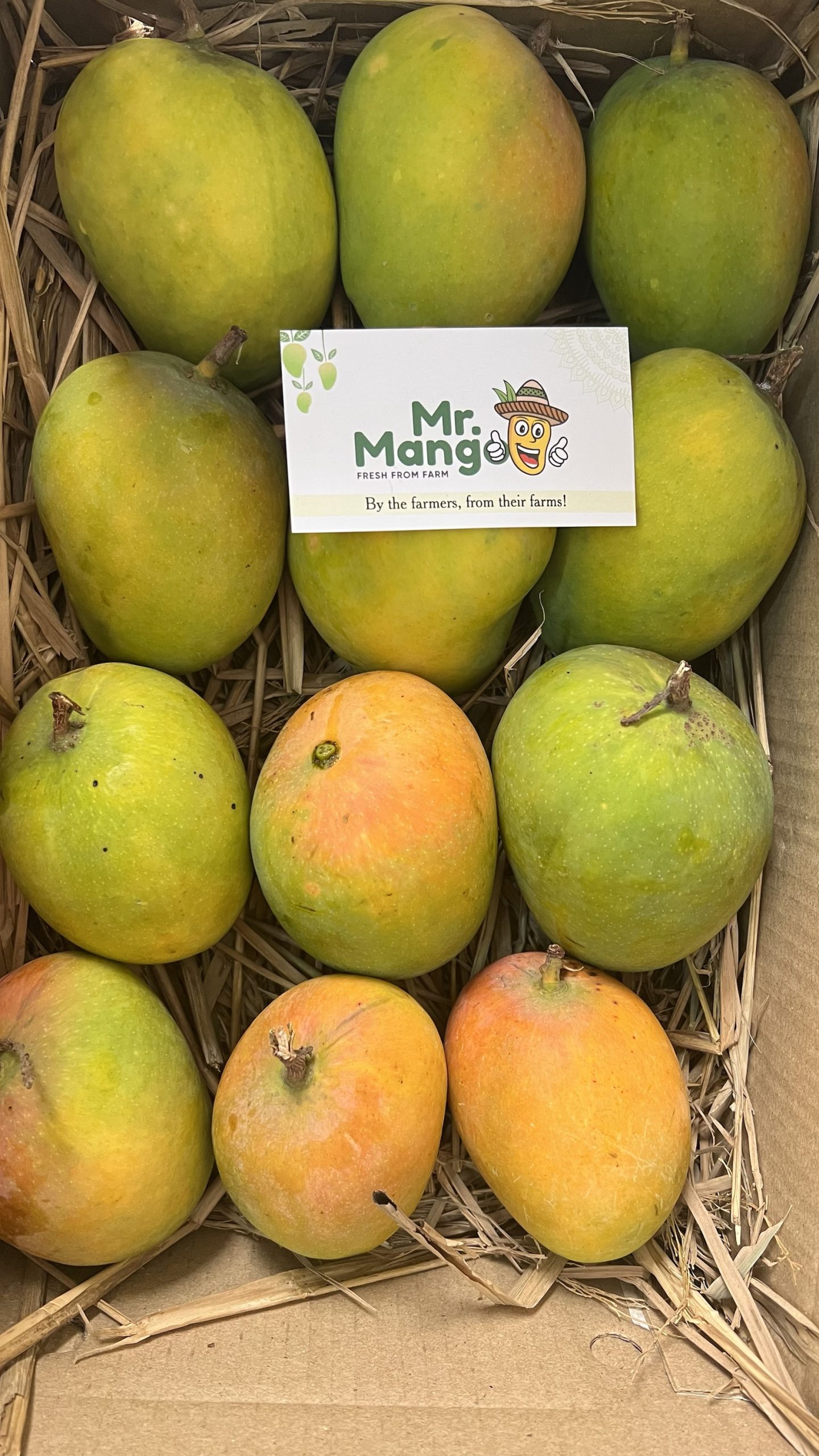
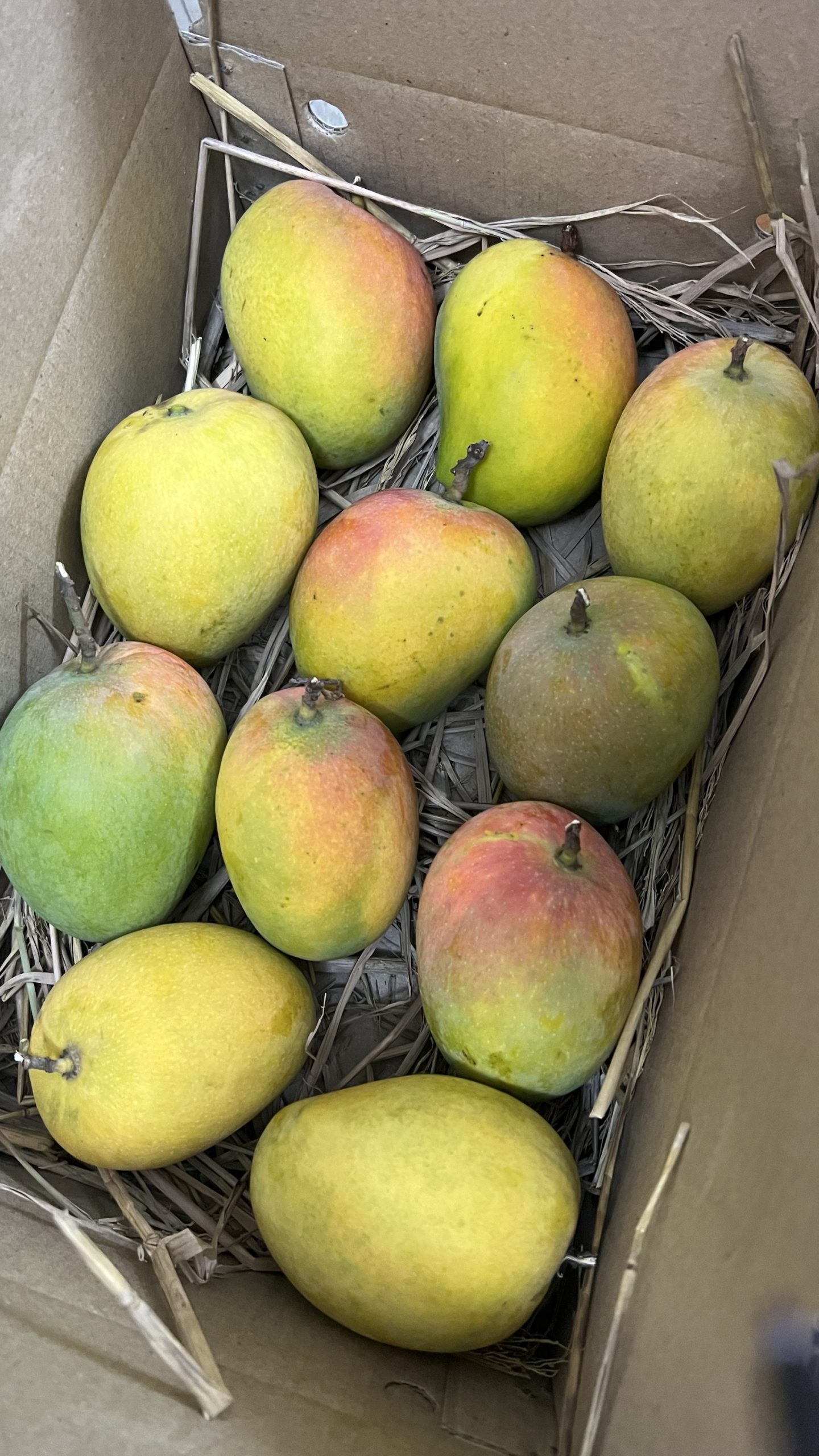
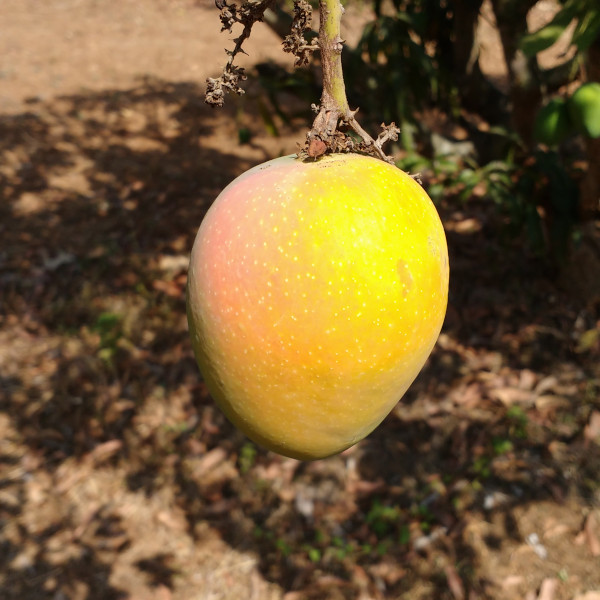
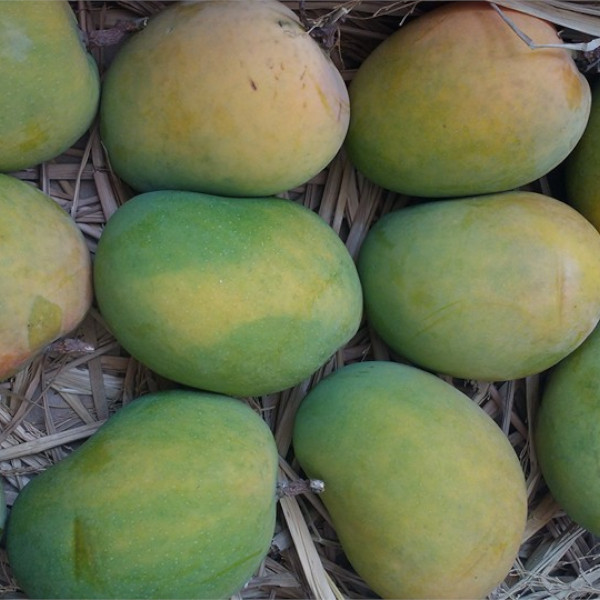
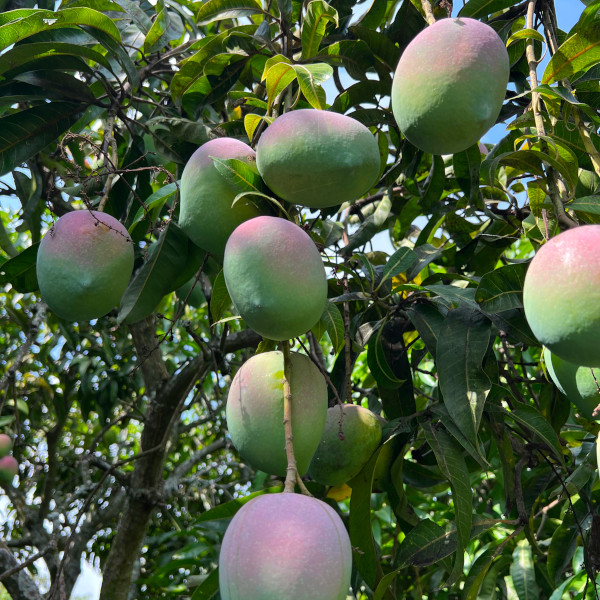
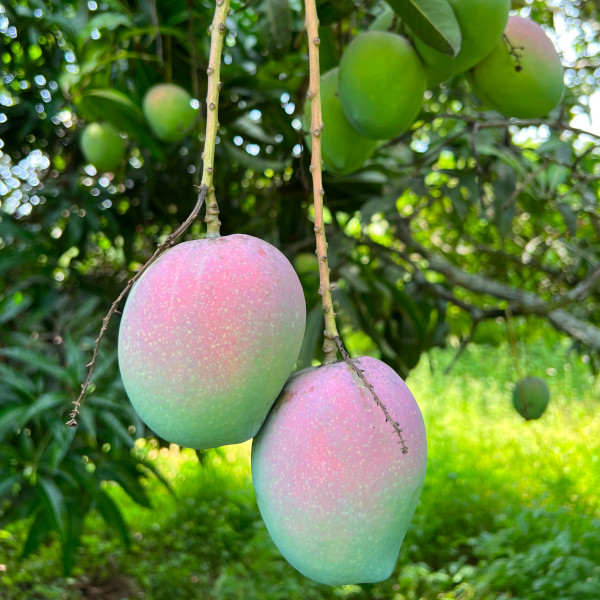
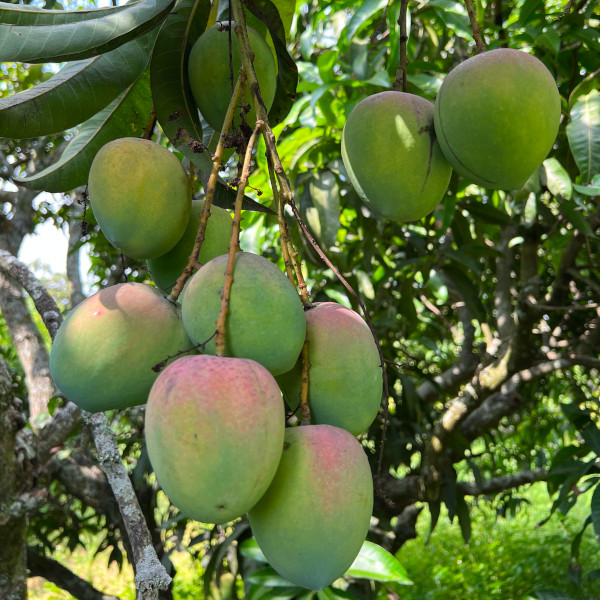
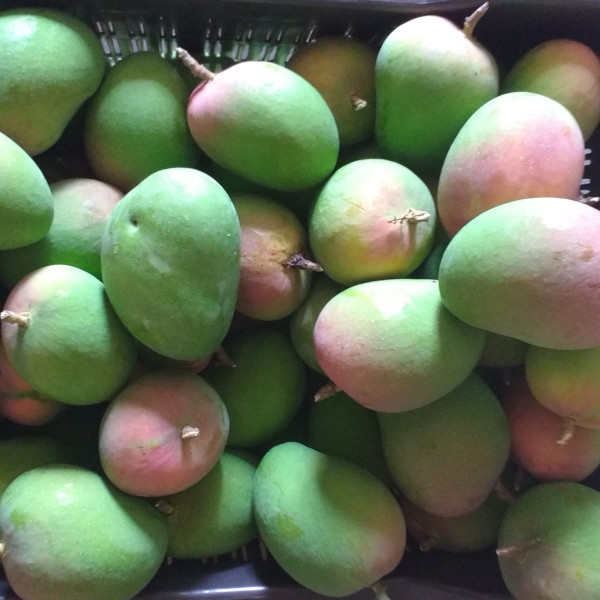


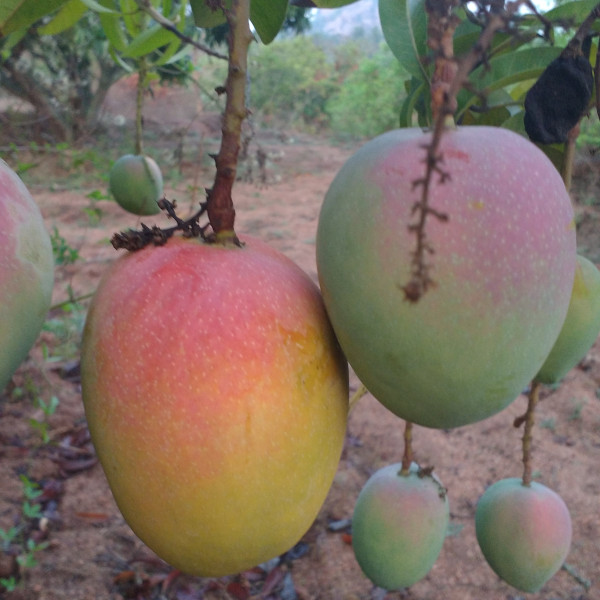
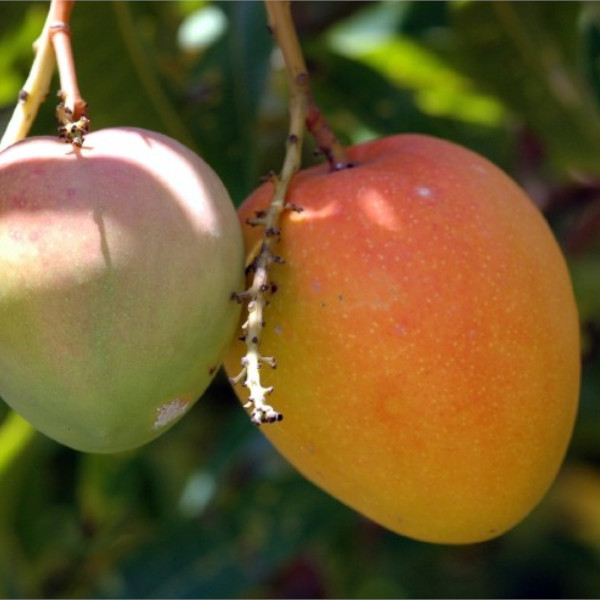
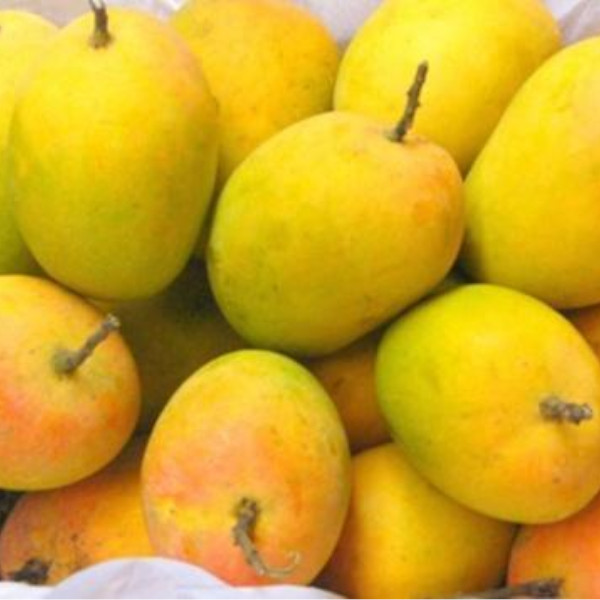
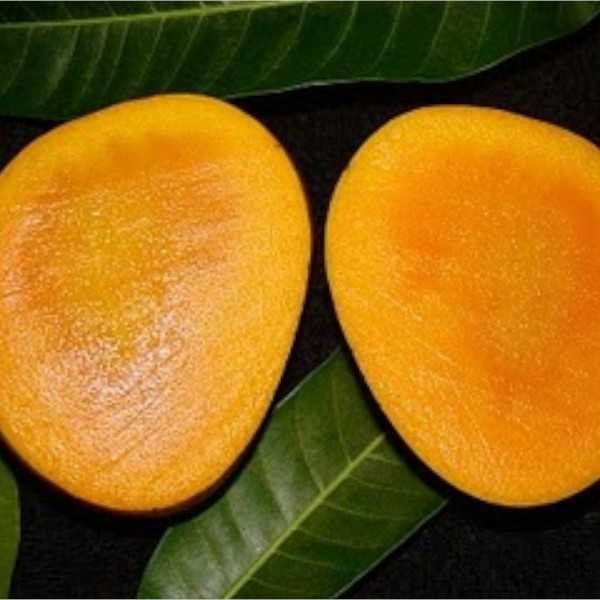
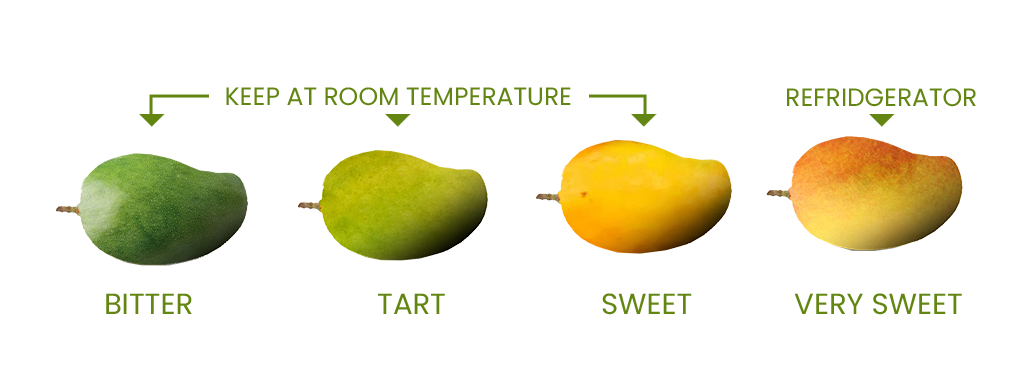


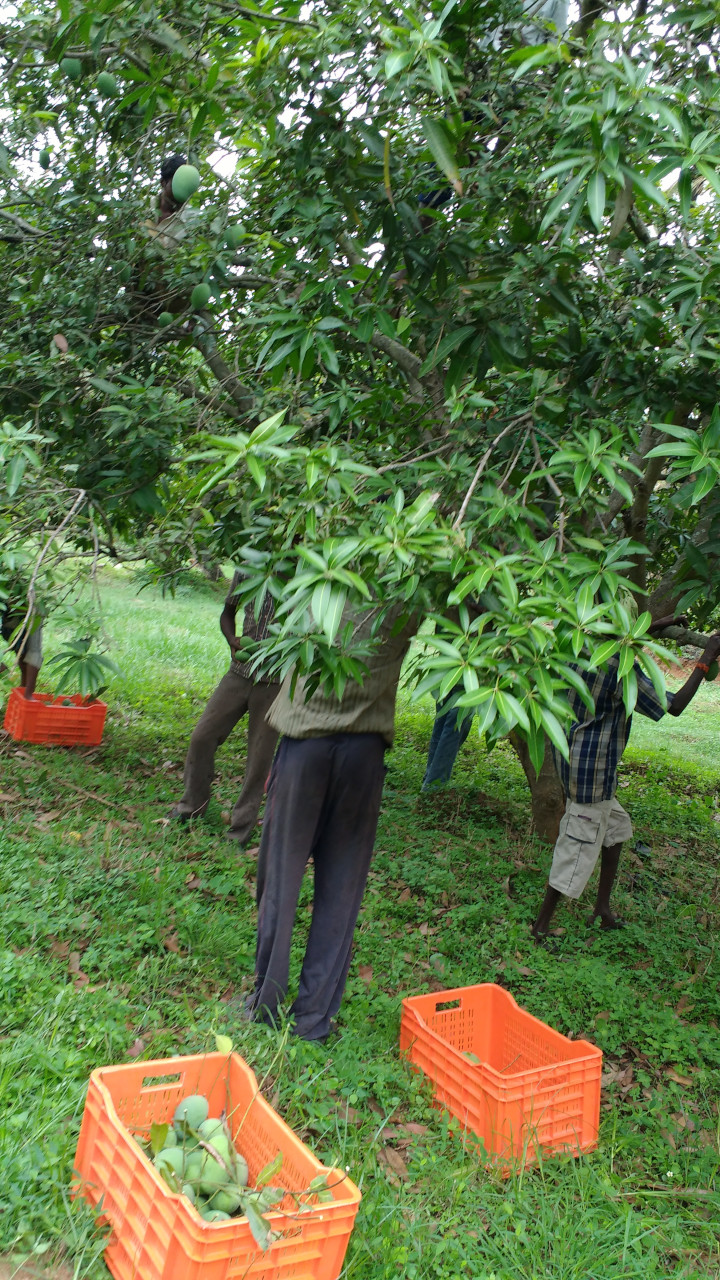

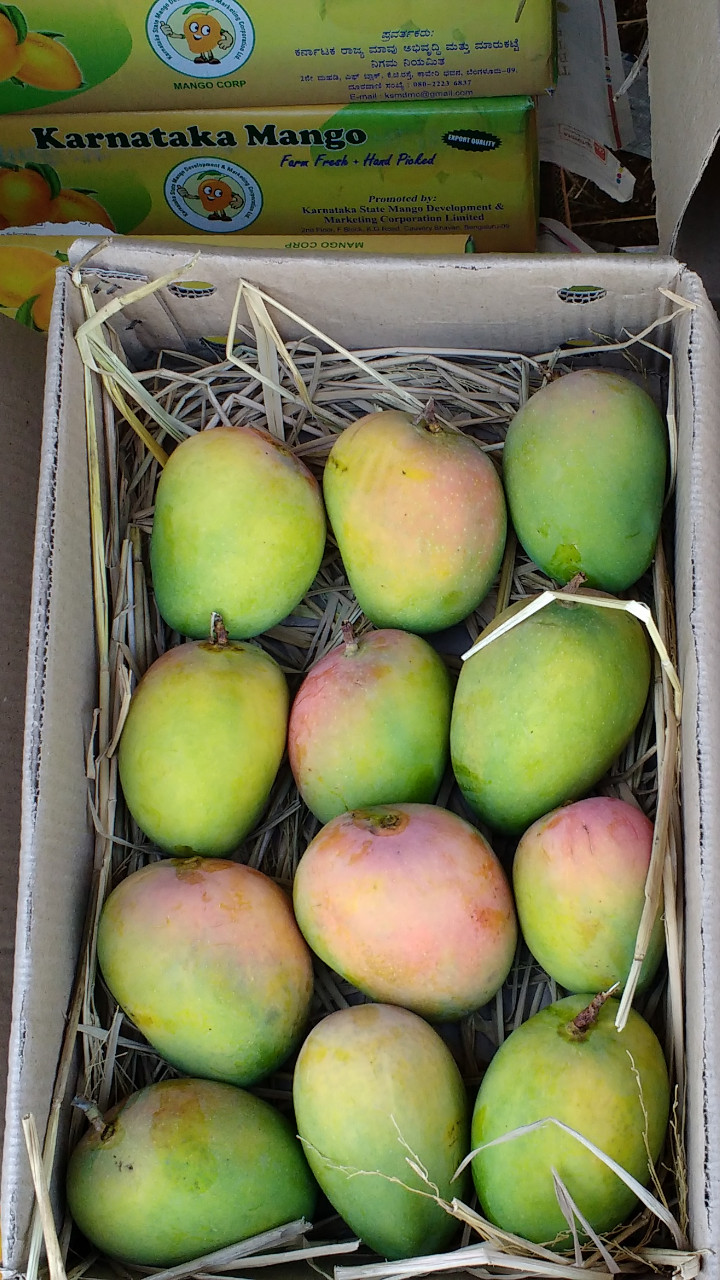
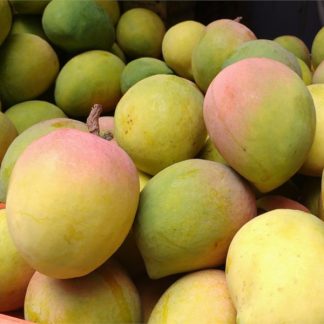
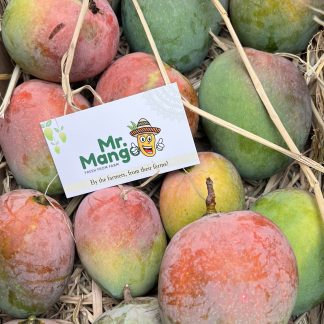

Reviews
There are no reviews yet.